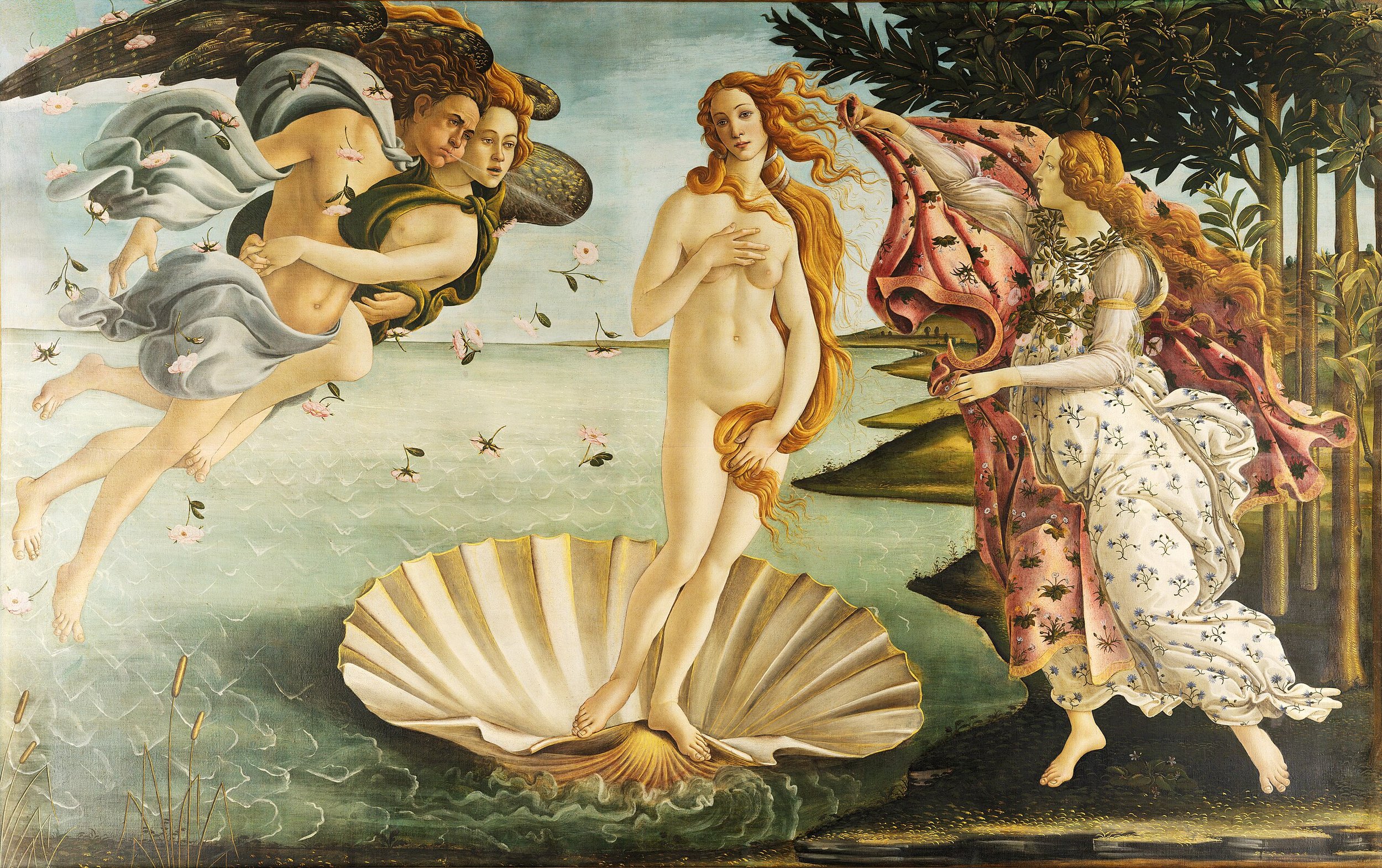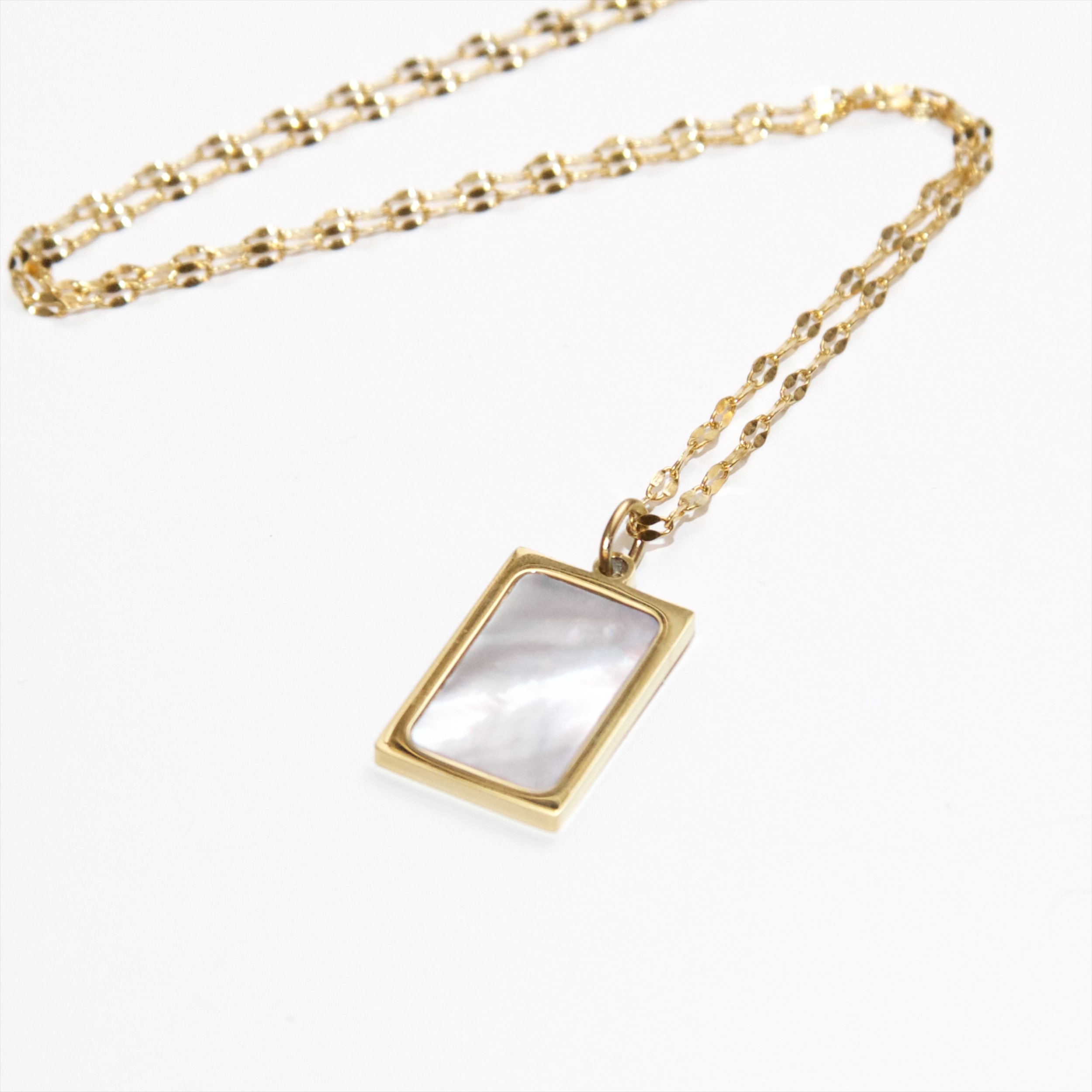Greek Mythology
Aphrodite

The Greek goddess of love, beauty, pleasure, passion and procreation.
Aphrodite, derives from ancient greek word “aphros” (sea foam), interpreting the name as “risen from the foam” allegedly from folk etymology. Aphrodite’s name is generally accepted to be of non-Greek, probably Semetic origin, but its exact derivation cannot be determined.
Further Reading
Throughout history and classical paintings or portrayal of Aphrodite, the goddess is consistently portrayed as a nubile, desirable adult, having had no childhood. She was born of the sea foam in the sea, where Cronus castrated his father, Uranus’ genitals, that thrown into the sea and birth Aphrodite.
Aphrodite is almost always accompanied by Eros, the god of lust and sexual desire, one of the four original primeval forces born at the beginning of time. Along with Himeros, together, they become Aphrodite’s constant companions after Aphrodite was born.
Aphrodite’s main attendants includes the three Charites, and the three Horae (the “hours”), a minor deities in ancient Greek mythology.
Aphrodite’s most prominent avian symbol was the dove, which was originally an important symbol of her Near Eastern Precursor Inanna-Ishtar. Aphrodite frequently appears with doves in ancient Greek pottery. Her most important fruit emblem was the apple, but she was also associated with pomegranates. In Greek art, Aphrodite is often also accompanied by dolphins and Nereids.
Aphrodite was worshipped throughout the ancient Greek world, and she had many temples and shrines dedicated to her, the most famous of which was the Temple of Aphrodite on the island of Cyprus. Her cult was associated with fertility rituals and loves spells.
One of the most famous representations of Aphrodite is the Venus de Milo, a marble statue believed to depict the goddess. Discovered on the island of Milos (or Melos) in Greece in 1820, the statue is now displayed at the Louvre Museum in Paris and is considered one of the greatest masterpieces of ancient Greek sculpture.
Shop Aphrodite Collection
Mother-of-pearl and pearls have long been used in many jewellery and religious items for millennia, while most minerals like diamonds or sapphires are formed underground, pearls have organic origins. Their distinctive beauty and watery origins have inspired pearl symbolism and lore for centuries. Simply put, pearls are gems not stones, and it is often associated with the moon and has astrological associations with the planet Venus (Roman’s version of Aphrodite).



